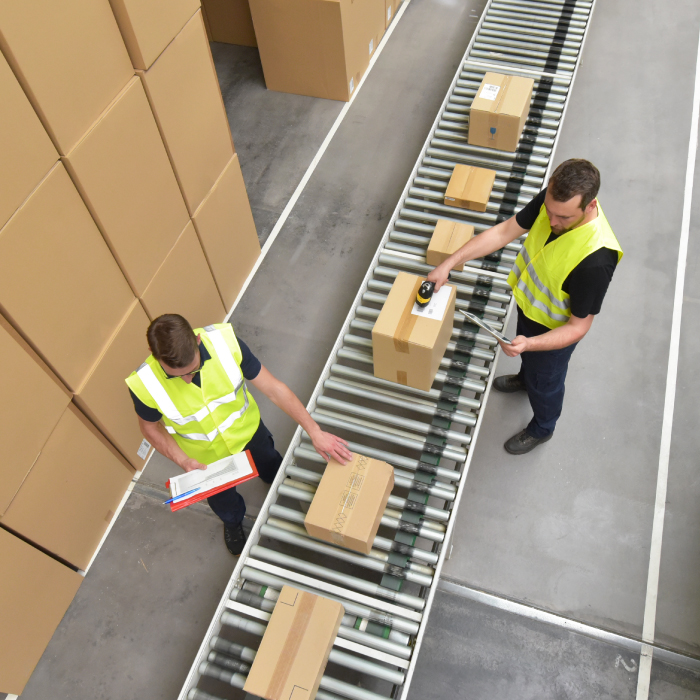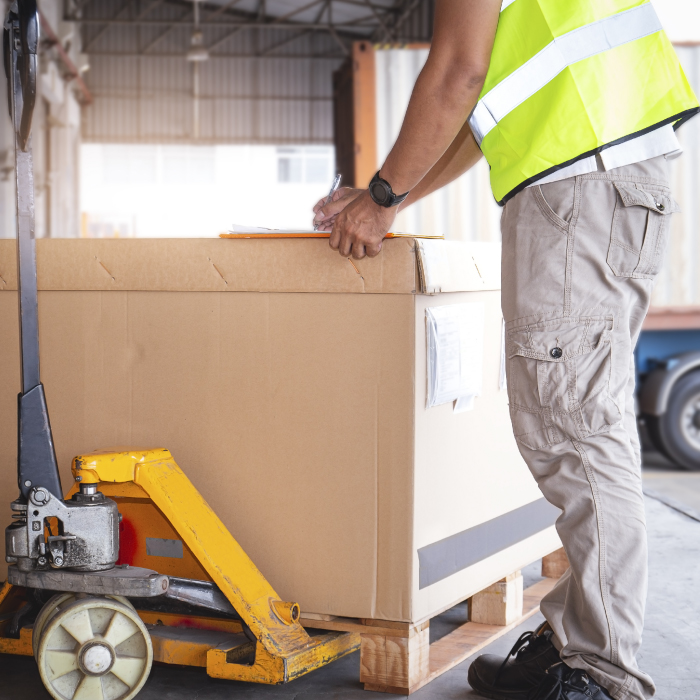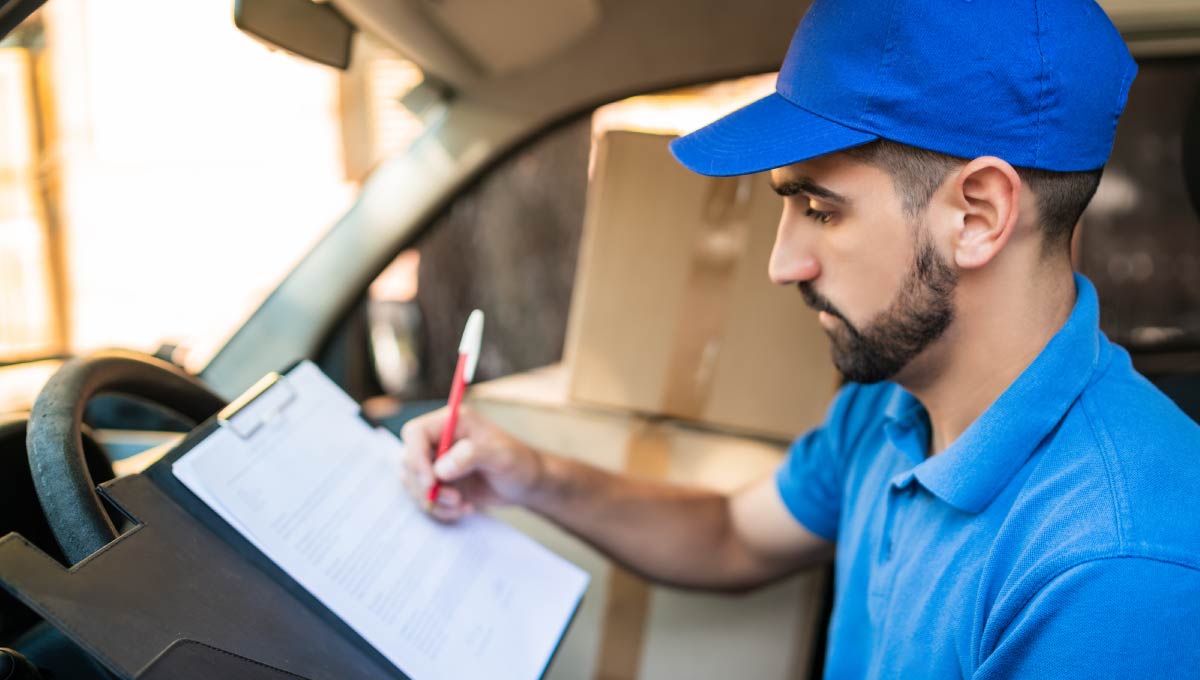Contents
What Is eCommerce Returns Management?
The Returns Management Process
The Logistics of Products Returns Management
Increasing Sales with a Clear eCommerce Returns Policy
Providing a Better Returns Experience for Your Customers
Provide Full Visibility into eCommerce Returns Through Tracking
GFS Global Returns Pro

What Is Returns Management?
Returns management kicks in when a customer wants to return a product they have bought online. It involves collecting the product or having it sent back to your warehouse, checking over the item, and restocking inventory so that it can be re-sold. Returns management encompasses logistics, inventory management and customer support. Although you can mitigate quality issues so that customers don’t receive inferior products, returns management is a key part of eCommerce and can be a huge cost to your businesses when mismanaged. However, getting returns management right means you can keep the business impact of returns to a minimum.
The Returns Management Process
Products that are returned go through the following process:
- Customer is unhappy with product when it arrives and requests a refund or exchange. This can be because the product is damaged, it doesn’t fit, or isn’t as they expected.
- Customer Services staff decide if the customer is eligible for a refund or exchange.
- The business picks up the product from the customer, or the customer returns the item via a drop off location or post office.
- The product is delivered back to the warehouse and inspected, sorted and organised. If the product is resalable, it will be integrated back into the inventory.

The Logistics of Product Returns Management
When returns arrive back at your warehouse, often your logistics teams don’t know what item has been returned, why it was returned, and whether it is re-saleable. It requires digging around for the right information to understand how the product should be processed. With so many customers returning products, this can quickly lead to returns piling up. With every minute that a return is waiting to be processed, you could be losing money either through resaleable stock not getting back onto the shelves quick enough, or unhappy customers not buying from you again due to an overlong returns process. You need an efficient returns management system with full tracking so that you know when a return is arriving, and the reason for it. Having a logistics plan for returns is both good for your customers, and for keeping your warehouse efficient.

Increasing Sales with a Clear eCommerce Returns Policy
Your returns policy outlines the terms for returning products and a clear and transparent returns policy is a key component of a good customer experience. The most important things your customer wants to know is:
- How long do they have to submit a return?
- The range of options for the return and how convenient are they?
- How much will it cost?
- Can they exchange an item?
- How quickly will they receive a refund?
- Will the return be tracked so the customer knows when it’s been received?
Your returns policy shouldn’t just be an afterthought – it can make or break a sale. 78% of all consumers look at the returns policy before making a purchase. They want to know how easy it would be to return an item to mitigate the risk of buying something they can’t see in person. This is even more key for international customers, with more risk involved buying from an overseas retailer. Your policy needs to be easily accessible, as a customer may give up a purchase if they are unable to find it. You can also include a hardcopy with the product when shipping to make it even clearer to your customer and avoid any frustrations if they do decide to return it.

Providing a Better Returns Experience for Your Customers
The returns experience can affect whether customers keep coming back to your business. In fact, 73% of consumers said the returns experience affects whether or not they would keep shopping with a brand. The cost of a return to your business doesn’t compare to losing a repeat customer altogether. Customers want an easy to use and quick returns process, so they want to have a range of returns options so they can choose the most convenient method for them. The key thing is that returns aren’t a hassle. They also want to know when they will get their refund so the process for refunds needs to be as efficient as possible. 88% of customers would limit or stop shopping with a merchant that took too long to process their refund, and 77% are less likely to recommend a retailer if it takes too long. You need to offer customers a quick and easy way to make the return, whilst making sure your internal process is quick to avoid losing customers altogether.
It’s also important to consider your international customers when you are improving your returns experience. Different countries and markets have different preferences. For example, consumers in France mostly prefer a drop off location, whereas in China they prefer parcel lockers. Understanding the markets you are selling in and offering a wide breadth of returns options will ensure your international customers are happy, even if they do have to make a return.
Find out about our global returns portal that enables customers worldwide the ability to process a return in under a minute, with a range of returns options and full tracking.
When it comes to the cost of returns, and deciding whether or not to offer free returns, it’s important to fully understand how much returns impact your bottom line. You must consider the cost of reverse logistics, as well as the man hours your Customer Service and Warehouse teams spend managing returns. 79% of customers won’t purchase from an online store that charges return shipping fees, so if your calculations can make it work then offering free returns may be the best route for your business. Plus, you may get a sales boost from doing this that covers the additional cost to your business.

Provide Full Visibility into eCommerce Returns Through Tracking
Many eCommerce businesses offer transparency for the shipping process, but how many provide the same level for returns? Customers like to know the progress of their return, so that they have a good idea of how long their exchange or refund is likely to take. Consumers say tracking and receipt of return is the most important aspect of the returns process. Full tracking of returns parcels or text / email alerts that their return has been received and/or refunded all make for a seamless returns experience. Plus, tracking the return helps you manage your logistics as you will know when the parcel will arrive at your warehouse so you can get the item(s) back in stock quicker, ready to resell.

GFS Global Returns Pro
GFS Global Returns Pro offers a high-end returns experience without the high-end cost including:
- 200+ returns options in 195 countries
- 320,000 global drop-off locations
- Localised in 35 languages
- Electronic customs declarations for duty relief
Sources:
GFS/IMRG Consumer Home Delivery Report 2019/20
https://www.digitalcommerce360.com/2016/10/12/slow-returns-processing-will-keep-customers-away/










